By Adam J. Smith
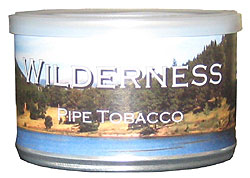 Tin Notes: This remarkable blend formulated by Fred Hanna provides a multi-layered, rich taste experience. The highest quality Syrian Latakia combines with small amounts of Cyprian to form the base for an exquisite array of rare and precious Orientals – sweet Drama, exotic Yendje, and more. Red irginias compliment the blend, adding sweetness, richness, strength and creaminess. Smoke this mixture and listen for the echoes of savored memories.
Tin Notes: This remarkable blend formulated by Fred Hanna provides a multi-layered, rich taste experience. The highest quality Syrian Latakia combines with small amounts of Cyprian to form the base for an exquisite array of rare and precious Orientals – sweet Drama, exotic Yendje, and more. Red irginias compliment the blend, adding sweetness, richness, strength and creaminess. Smoke this mixture and listen for the echoes of savored memories.
The Merriam-Webster dictionary defines Wilderness as, amongst other descriptions, a tract or region uncultivated and uninhabited by human activity together with its naturally developed life community.
It was with this in mind that I struck out this morning to smoke my customary final-bowl before sitting down to review a blend. Seeking the solace that the name connotes, I headed for a local trail system with my favourite briar in tow. Surely, the tobacco gods were smiling upon me this morning, for as I approached the trail-head, a weak morning sun began to break through the ominous clouds which the West Coast is known for.
Slivers of golden light danced fleetingly across the mélange of yellows, reds, browns, and greens the fall season is known for. Dew-drops clinging to the foliage glisten like individual diamonds. The earthy rich smells of the forest pervade your senses. Off in the distance, a dog barks, while a brook babbles happily close at hand. As the sun begins to gather strength, the local fauna begins to stir. A skunk slinks back to her den through the ferns. In the trees, chipmunks and squirrels begin to chatter and frolic. A pair of deer warily emerge from the tree-line, scouting for a place to drink. Whiskey-jacks and Stellar Jays hop about my feet, seeking a handout.
Slowly and carefully, I raise my pipe to my mouth, and with a flick of my Zippo, am enveloped in creamy-wreaths of rich smoke, slowly winding it’s way ever sky-ward, dissipating amongst the canopy overhead. Pure bliss ensues.
Truly, this was one of those perfect moments. You know the ones…everything just seems to fall into place. We talk about them with hushed tones and hallowed rhetoric. This is the reason we are pipe-smokers. And let me tell you, you are in for a tin full of perfect smokes with this blend.
Upon opening the tin, one finds a rough cut ribbon, a blend of coppery reds, blacks, and browns, with the occasional hint of khaki green and tan. The tin aroma is simply amazing, with no hint of the characteristic McClellands ketchup smell; but rather a slightly smoky, almost wine-like earthy richness prevails. My tin (dated 2010) arrived slightly moist, requiring a half-hour out of the tin prior to smoking. I found that this blend responded well with a three-step packing method, or an "air-pocket" method, and was well behaved during the packing process.
 |
 |
A pre-light draw brings hints similar to mulled wines; slightly sweet and spicy, with a definite fermented flavour. A mild, smoky aftertaste lingers on the back of the palate.
Charring light reveals a rich interplay of sweet Red Virginias and the sweeter Oriental leaf, namely the aforementioned Drama. The two variants of Latakia don’t overpower, but weave a delicate balance with the herbal notes of the Yendje; providing a unique and complex flavour profile that is not unlike a sweet-mulled wine, with just the slightest hint of camp-fire.
True light reveals the full complexity of this blend. While the overlying flavour is that of pine-gum (for those who don’t know, it is a traditional "gum" made by boiling pine pitch), the subtle undertones really make this blend. The base of Red Virginias remain quite bright and in the forefront, supported by the sweeter Oriental leaf found in abundance in this blend. Rich, earthy tones of fruits and caramel abound, all underpinned by a slight herbal note, indicative of the Yendje in the blend. This is supported by the amazing interplay of the two variants of Latakia; providing both a slight smokiness and a deep red-wine note on the back of the tongue.
As one progresses through the mid-point of the bowl, the blend grows ever spicier; with hints of cracked pepper and cayenne dancing across the back of the palate. The interplay of the Latakias, while still present, begins to slide into the background, while the earthy and caramel like notes of the Virginia leaf asserts itself. The slight herbal notes begin to blossom and round out, providing a truly unique experience.
At the heel of the bowl, the Latakias begin to assert themselves towards the forefront of the flavour profile, however, never completely dominate. Oddly, the characteristic peaty notes of the Cyprian remain very subdued, while the almost incense like notes of the Syrian leaf offer themselves up in a prominent way. The mixture of Orientals (which I suspect is not limited to just Drama and Yendje) continues to assert itself, bringing an interplay of sweet herbal notes that mix fleetingly with the rich caramel tones of Virginia.
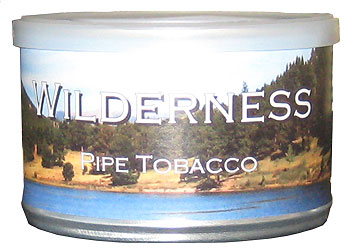 |
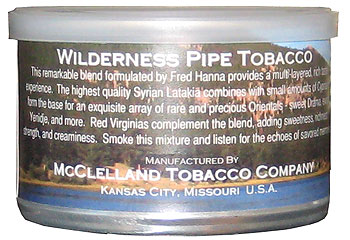 |
This blend takes to the flame fairly well; I find that minimal relights and fiddling are required. This quality remains from false-light through to the heel, which hasn’t yet revealed more than a couple of scraps of dottle.
The room-note on this blend is WONDERFUL! Not something I ever expected to say about an Oriental forward English blend; but there it is. Caramel notes prevail, with hints of mulling spices, and the slightest of campfire odours. I have had compliments on this blend from even the most vehement of anti-smokers.
By extension, this blend doesn’t smell quite so wonderful on the facial hair (or at least not to my wife). The caramel and spice notes dissipate quickly, leaving the characteristic Latakia note.
This blend undergoes an interesting change when the Delayed Gratification Technique is applied. While the sweeter Virginias become muted, almost taking on the flavour of a dark-fired leaf, the Orientals provide a deeper and more complex profile. Like many Balkan or English style blends, the slight underlying spicy notes of pepper and cayenne grow much bolder when DGT’d. All in all, a very interesting variation on the flavour profile – almost like two different tobaccos!
I can only offer two knocks against this blend. The first is nicotine content – this blend could use a little more "oomph" for my liking…as it stands, I would compare it with a light cigarette. Secondly, and much more importantly, I smoke this blend too fast. I don’t mean that I load a bowl and puff like a steam-engine on a 40 degree grade, but rather I can’t keep out of my tins! I set some aside to age, and two weeks later I am in it like a dirty shirt!
This truly unique and excellent blend, featuring a delicate and complex balance of Syrian and Cypriot Latakia, and should satisfy both lovers of the dark leaf and those just dabbling in it’s exotic mysteries. The supporting cast of Orientals and Red Virginias provide a wonderful, subtle and sweet complexity that is not to be missed. This blend has rapidly shot up to the forefront of my rotation, indeed becoming as close to an "all day smoke" as I’ve come across. Don’t let the complexity of this blend scare you off; while the flavour profile is by no means monotone, this blend is perfect for all day smoking, and won’t leave your palate fatigued. If you’re looking for a sweet Latakia blend with deep and subtle nuances, look no further!
I highly recommend it!
– Adam J. Smith







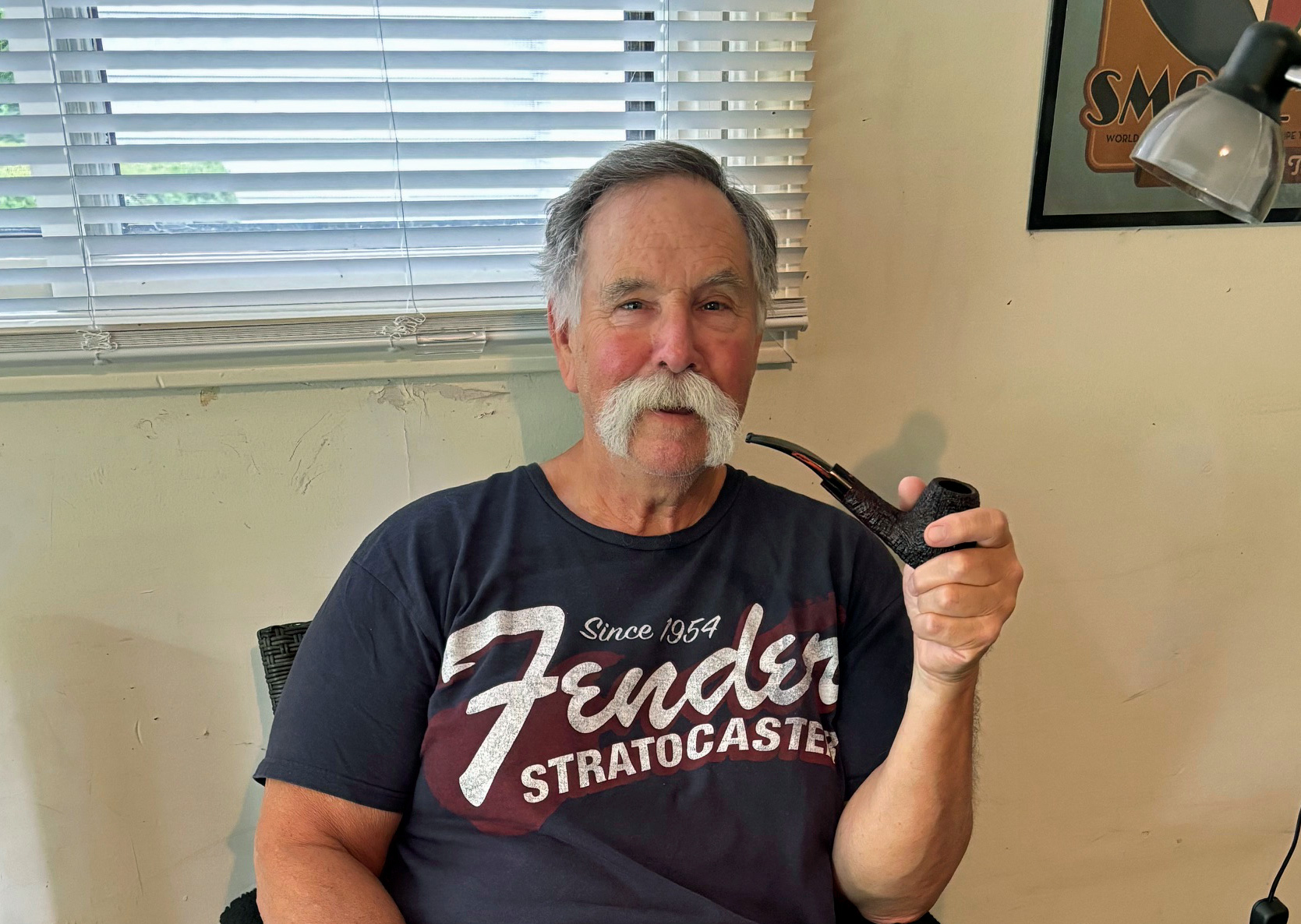
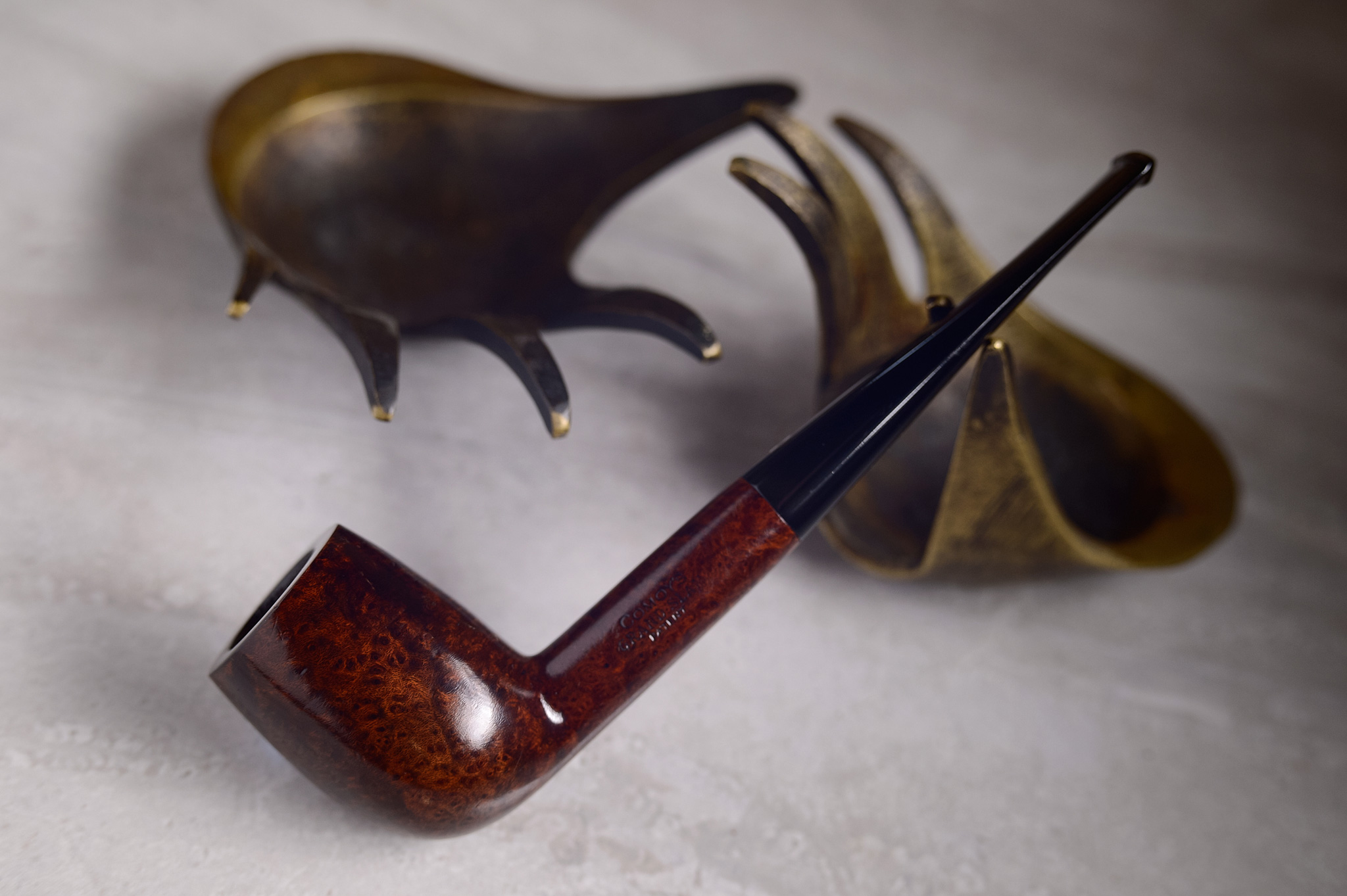


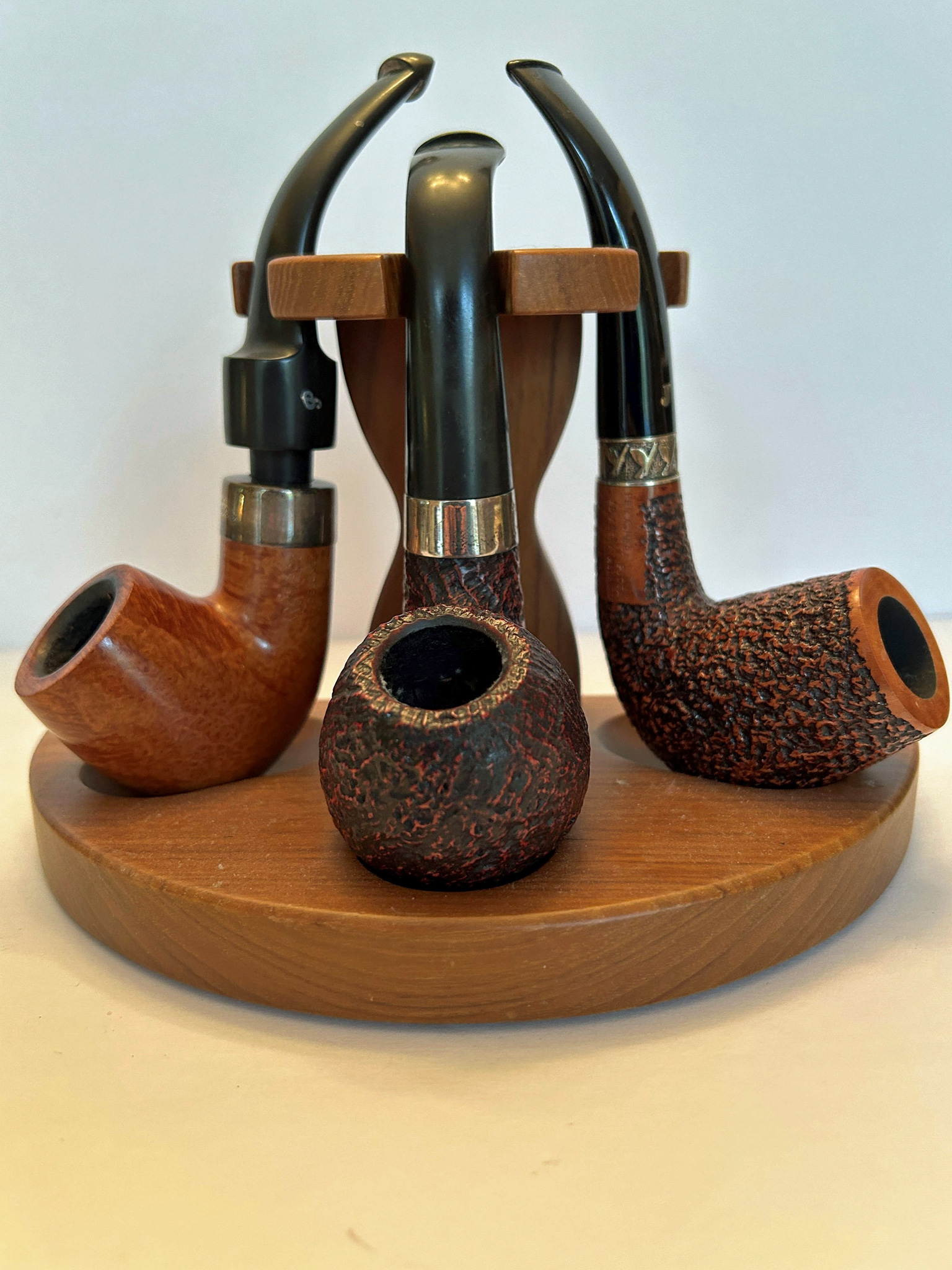
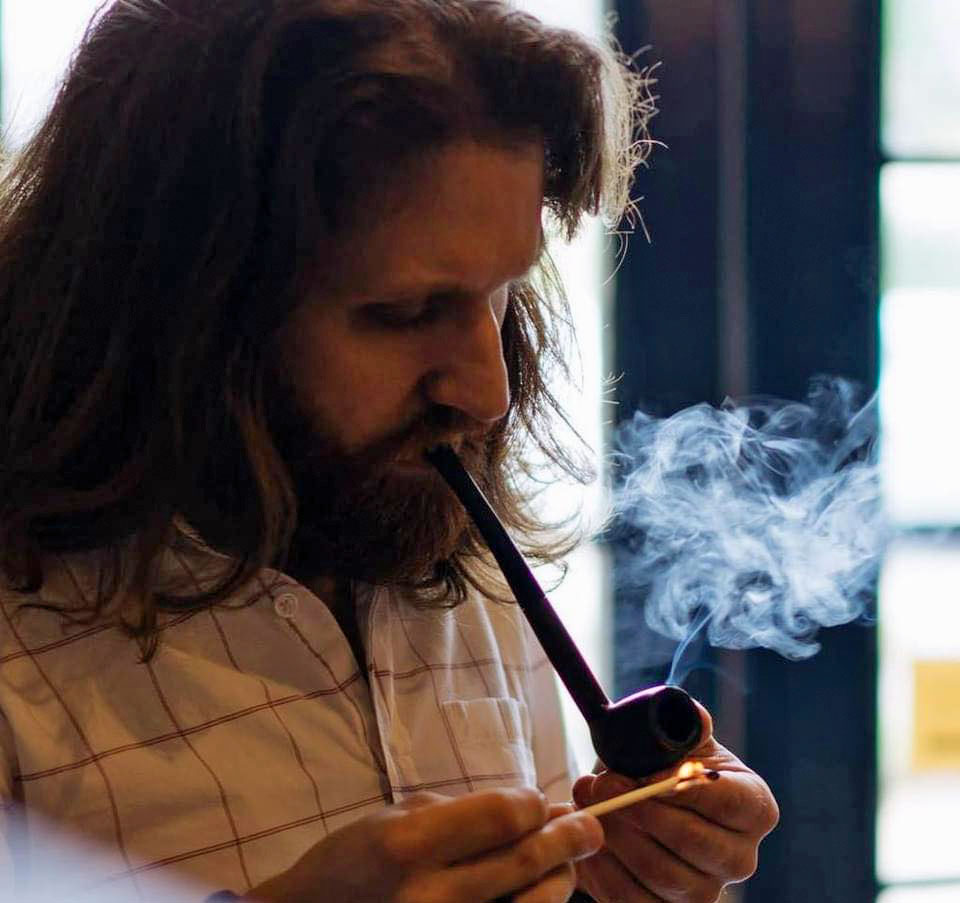




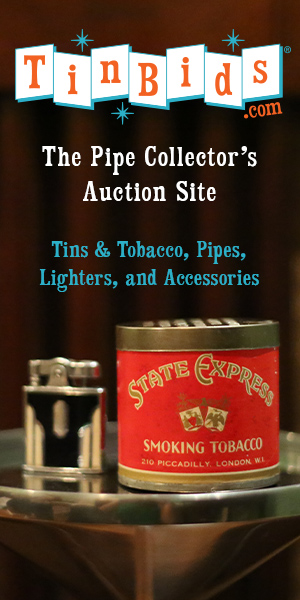
I loved “Wilderness” too. It’s an excellend Latakia blend!!
I have been totally involved with McClelland of late. Three of the four frogs – Both 3 Oaks – and especially – Arcadis.
Starting to wonder if they have a bad tobacco. My next tobac order will have a tin of Wilderness in it plus more of the
aforementioned blends Great review it clearly defines the blend.
I consider myself fortunate to have a McClelland-selling B&M here in town, and I will add this blend to the list of tins to keep an eye out for. I have open tins of FMOTT and Arcadia at the moment and I am looking forward to trying more of the McClelland orientals. Thanks for the review, Adam.
Simon
Many thanks for a pleasant read and a well done review. While it happens that I’ve tried Wilderness and found it wanting, I thoroughly enjoy reviews such as this because they remove the mystery within a sealed tin, and allow the prospective buyer to make an informed choice. Spot-on observations, just not a blend I would seek out. Thanks for yet another superlative effort.
Thanks for the great review,Adam. I’m going to have to add this to my TAD list for sure.
Great review! I also read somewhere that Wilderness is best smoked in a small bowl, can this be true? I tried it in a smaller bowl and got more out of it.
Hey Arno,
I’ve had good experience with this in both large and small bowls alike, but, my favorite pipe to smoke this in is a large, bent, rusticated Cavicchi with a huge bowl! Great review of a great toby, but then again, McClelland is consistently my favorite blender.
Thanks formthis awesome review! Will order a tin in the future.
Very nice review, Adam, of this complex and exceptionally interesting tobacco. However, I must really take issue with your characterization that the mixture contained “no hint of the characteristic McClellands ketchup smell.” McClelland produces hundreds of blends, from straight Virginias to Oriental mixtures to aromatics. The ketchup/barbecue sauce/currant/raisin flavor is characteristic only of their heavily stoved, caked and sliced tobaccos such as Dark Star, Christmas Cheer or Blackwoods Flake. This is a direct result of the intense and intentional stoving process used for selected blends, but is by no means “characteristic” of McClelland blends. It is also a completely natural occurance caused by the stoving, aging and caking process, and something that frequently occurs with Virginia tobaccos over the course of many years of tin aging. It is not contrived by the use of flavorings or any artificial processes.
While many people enjoy the McClelland blends that feature this fruity intensity developed through aging and stoving, it is by no means “characteristic” of McClelland blends that employ Virginia tobaccos.
Tad, Thanks for that extremely interesting comment that explains the “ketchup” aroma that some of the McClelland blends exhibit. Many people have asked why this occurs, and that is the best answer I’ve ever heard.
As anyone who does some cooking knows, heat and pressure have the ability to transform ingredients from one thing to something completely different. A tough and terrible pork shoulder roast, cooked slowly for hours, can transform into something totally soft and delectible. And think about Perique, which is basic Burley tobacco that under tremendous pressure and with sufficient aging, transforms into a completly different tobacco. Clearly, the same is true with Virginia leaf. It can range from bright flue-cured to something dark and unctuous that is quite different from the original product. My point is, as you noted Kevin, is that the processing makes all the difference. Like a restaurant that might grill steaks at 1,200 degrees for a few minutes and also offer brisket slow-smoked for 16 hours, meat is not simply meat, depending on how it’s cooked. One needs to classify a tobacco “restaurant” on its ability to play with all the variations, but shouldn’t be pigeon-holed for one particular style.
Very interesting Tad, while I realized that the “ketchup” aroma that is prevailant in many of my favourite McClellands blends was’t a topping or casing, I had no idea it was a by-product of the processing methods. I wrongly believed that it was due to the use of vinegar as a mold-inhibitor, as is often noted amongst the pipe-smoking community.
Ironically, it wasn’t until I discovered your Three Oaks Syrian but a few months back that I had sampled anything from the McClelland line that wasn’t a heavily stoved and pressed Virginia. As such, I had come to associate that mild ketchup aroma (or, in the case of PCCA Tudor Castle, fairly strong aroma) with high quality Virginias, as it can be detected in other blends, produced by other houses; something which makes a whole heck of a lot more sense with the above information.
Adam, I too thought the ketchup tin aroma was from vinegar being used as a mold-inhibitor.